Cardio Exercises to Burn Calories and Lose Weight. The act of putting one foot in front of the other in a continuous motion is commonly known as running. It is a physical activity that humans have practiced for thousands of years. In this piece, we will explore various aspects of running, such as its health benefits, different techniques, and tips/tricks to help improve your abilities.
Running can be undertaken in various ways. We will examine some popular types and how altering your speed, form, or route can yield assorted rewards.
Forms of Foot Movement
The simplest way to run is at a consistent, steady tempo along a linear path. However, running speed and direction do not have to remain constant. Varying the swiftness of footfall provides an assortment of benefits. Interval training interjects periods of faster movement among slower mo, “ment. Fartlek, a Swedish term meaning “speed play,” eschews structure for spontaneous accelerations. Both approaches bombard the body with alternating intensity levels to boost fitness. Trail running diverges from pavement by incorporating uneven terrain, obstacles, and scenic vistas to challenge physical and mental fortitude.
Interval Training Specified
Interval training in running commonly involves a lapse of quicker movement for a set time frame, such as one m, minute, alternated with a standard recovery interval like two minutes at a relaxed speed. This repeated surge and slake triggers advantageous physiological responses unavailable through constant speed alone. The altering stresses stimulate the body to new performance thresholds over the long term.
Benefits of Locomotion
Aside from transportation from one place to another, running yields an impressive roster of rewards. Cardiovascular well-being tops the list, as even modest regular running lowers blood pressure and the risk of heart disease.
Running shapes and strengthens muscles throughout the body while trimming fat and heightening metabolism. Consistent runners report decreased anxiety and better sleep, and running serves as a natural anti-anxiety remedy.
Psychology favors running, too, as regular participants tend to be more joyful and self-assured with elevated moods. Social running clubs foster kinship and a sense of community—most promote self-efficacy, a feeling of accomplishment and sell, and efficacy that fuels continued progress.
Health Advice
To traverse the discussed terrain safely and without injury demands preparation. Build distance gradually, allow recovery between runs, vary activities to avert overuse, stretch and reinforce weak areas, fuel properly before and after, and cease if pain persists. Well-rounded health in body and mind will optimize the experience.
Tips for Travel
Certain tactics can smooth the journey and fast-track benefits. Listen to enSpecificcng audio to maintain motivation when trudging solitary paths. Visualizing achievement and development nurtures perseverance against weariness.
Committing to a schedule offers structure and accountability toward objectives. Companionship along the route cultivates camaraderie and may quicken the pace. Gear adequate for conditions heightens protection and pleasure.
Cross-training between running and other physical activities prevents burnout and injuries from over-specialization. Periodic evaluation of progress against goals fuels pride and inspires further challenge. Ultimately, finding internal gratification throughout the process will sustainhusiasm for ongoing transportation under one’s own power.
Footwear Options
Footwear tailored to running differs substantially from everyday shoes due to unique factors like gait, terrain, and motion. Motion-control the hoes to stabilize pronation. Cushioning shoes soften impact. Racing flats accelerate speedwork. Barefoot or minimalist shoes simulate natural running form. Trail shoes tackle off-road conditions. Choosing appropriately fortifies feet and prevents trouble.
Explore natural weight loss remedies you can easily practice at home, discover healthy lifestyle changes perfect for beginners, and get daily health tips designed especially for seniors to enhance well-being.
Aquatic Locomotion
Propelling the body through water requires a distinct set of techniques compared to land-based movement. WEIGHT WEIGHT LOSSswimming incorporates full-body coordination and aerobic conditioning. In this discussion, we will immerse ourselves in swimming’s diverse styles, training strategies, and advantages beyond transportation.
Subheading using synonym
We will explore swimming strokes like freestyle, backstroke, and butter, examine interval and distance training methods, and then reflect on swimming’s holistic health perks.
Four Front Crawl
Freestyle employs simultaneous limb motions—the alternating rotaentersate forward momentum. An alternating arm enters the water while the other exits behind the head. Kicking from the hips maintains a balanced horizontal bodily position. This front crawl technique remains swimming’s most efficient stroke for covering long distances at a consistent tempo.
Freestyle Drill
Isolating each biomechanical component perfects effective form. Kickboard work concentrates on coordinated bilateral leg movements. Pull buoys allow arm practice without lower body involvement. Hand paddles increase feel for high-elbow catch position before the pull. Fins emphasize the power and rhythm of the entire leg cycle’s kick. Drills enhance feeling for proper alignment.
Back Floatation
Gliding seamlessly across the surface on one’s back requires trust in bandy. Arcing arms sweep inward toward the torso then outward in backward circular patterns. Simultaneous compared to other front-facing methods, this leg action augments forward propulsion.
This backstroke offers surroundings that are better than other front-facing methods. Recovery happens behind the head to avoid drag. Stroke variations like sculling cultivate mobility compared toBackstroke Benefits.
Relieving neck strain versus other stropositionskstroke protects swimmers from the unsafe head position while allowing rearward surveying during laps. Its motion efficiently trains the posterior torso and thighs. Proper kicking facilitates neutral spinal alignment for injury prevention.
Underwater Butterfly
Perhaps the most physically demanding swim, butterfly summons immense core control for synchronous double-arm pull and kick. After the catch, high-elbow drawing ng brings the hands together overhead to facilitate a powerful downbeat. Simultaneously, dolphin-like kicking reaches full hip extension with each alternating leg cycle. Streamlining the body horizontally near the surface optimizes this stroke’s substantial speed.
Conclusion
In review, swimming cultivates physical fitness and relaxation through cardiorespiratory conditioning. Its diverse strokes target specific muscle groups while protecting joints. Most importantly, regular aquatic activity promotes mindfulness, social ns, and lifelong health. For these reasons and more, swimming deserves recognition as an exemplary full-body exercise.





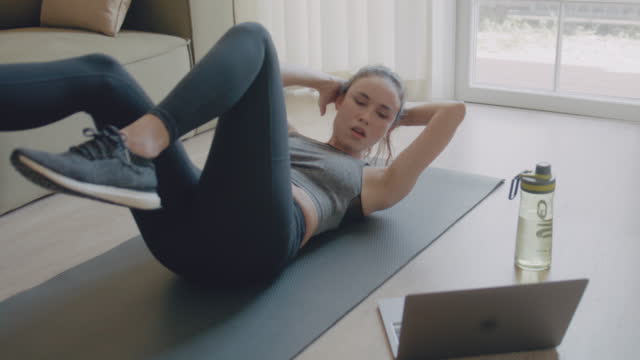
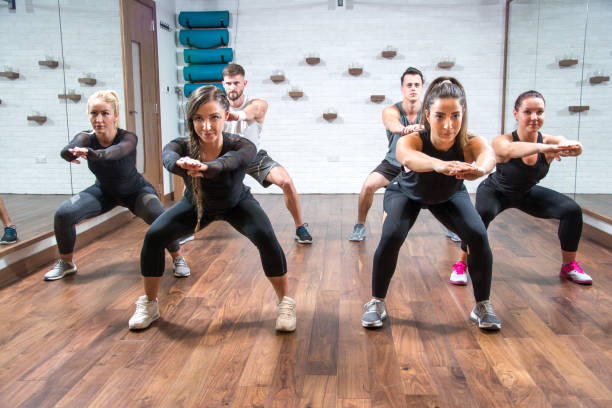



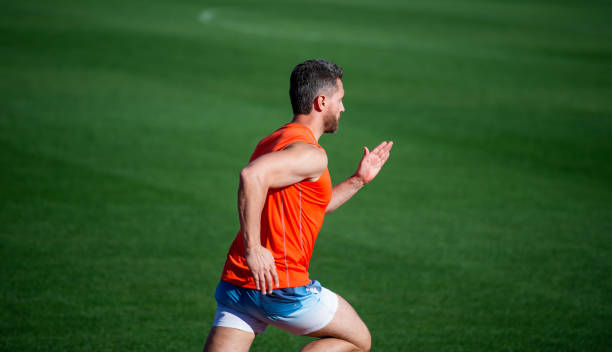
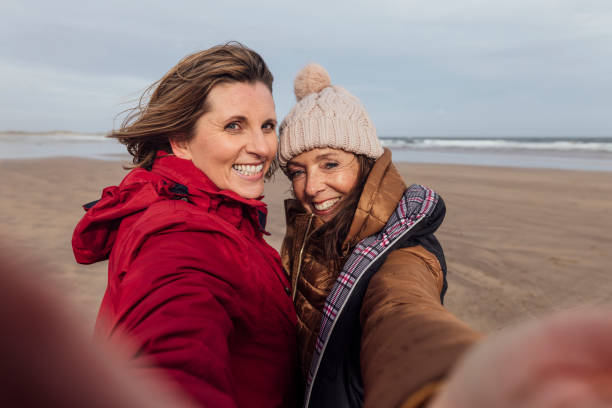
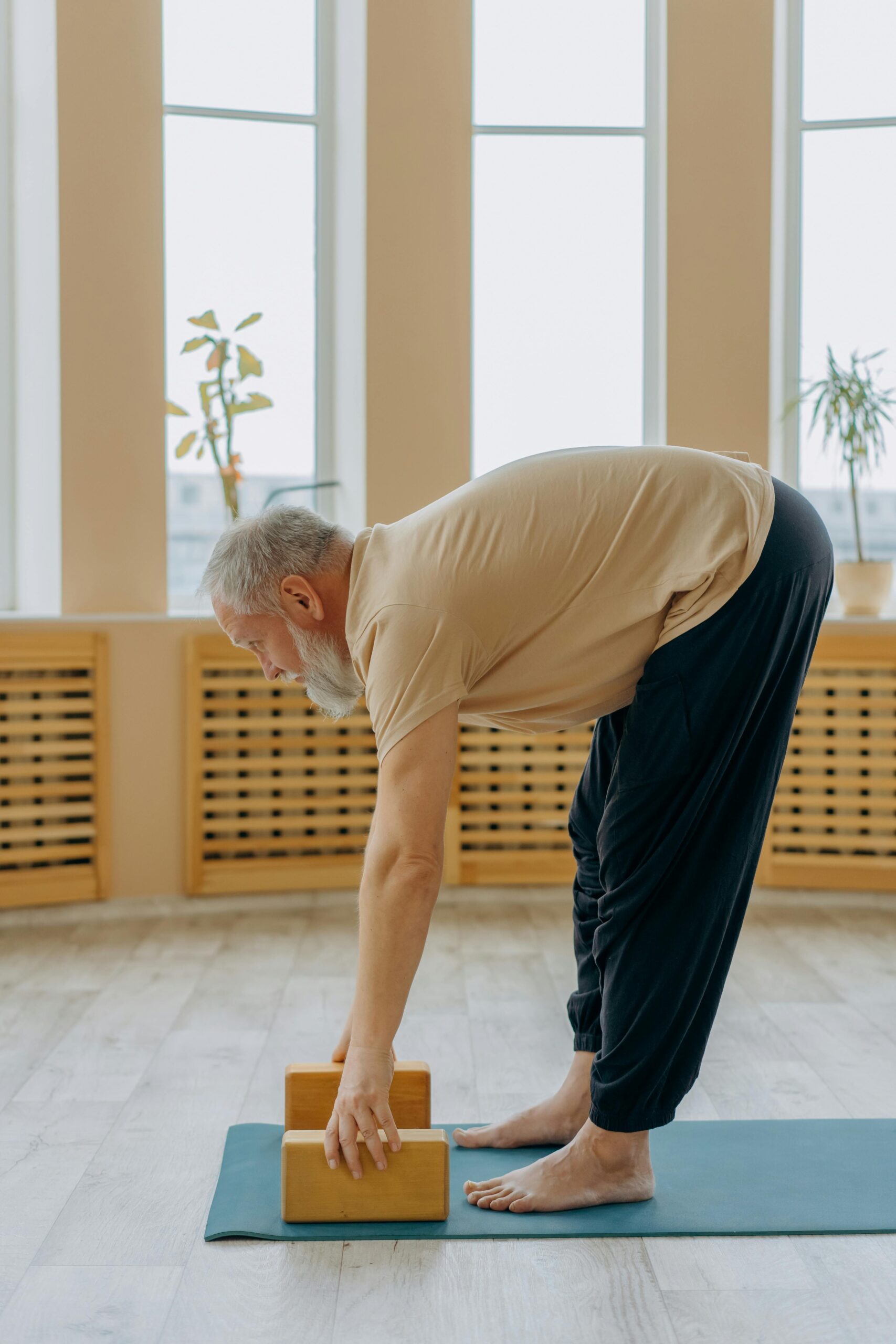
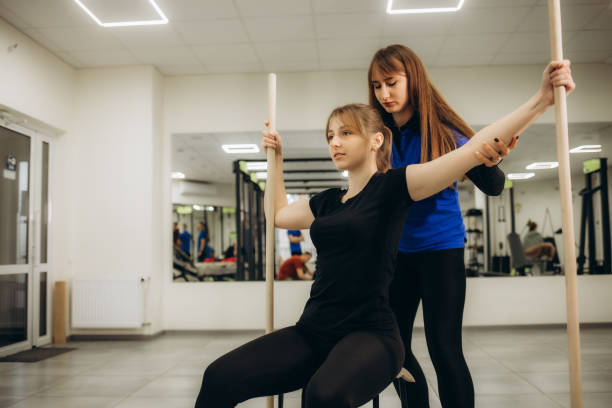


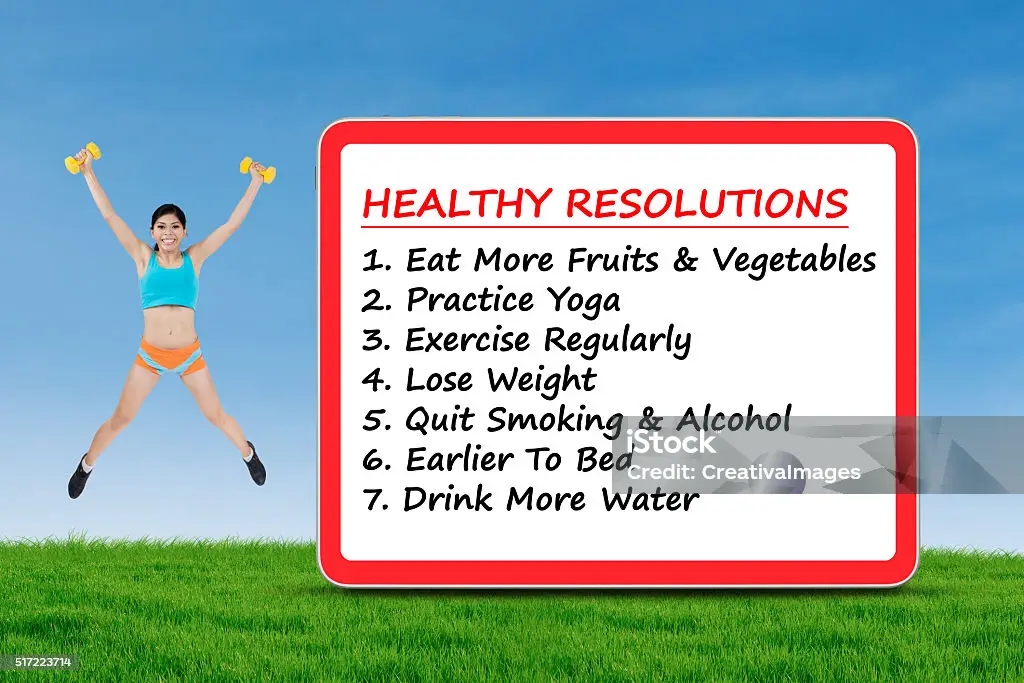
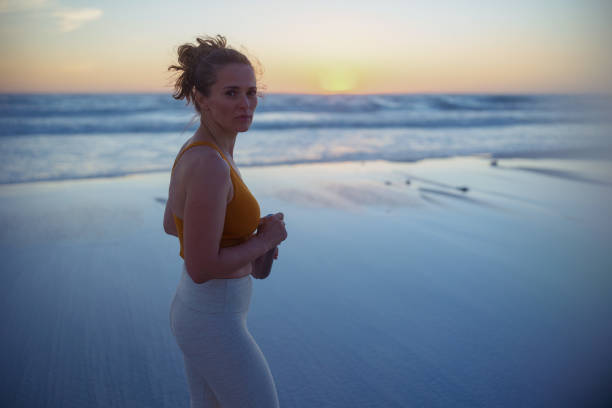
Leave a Reply